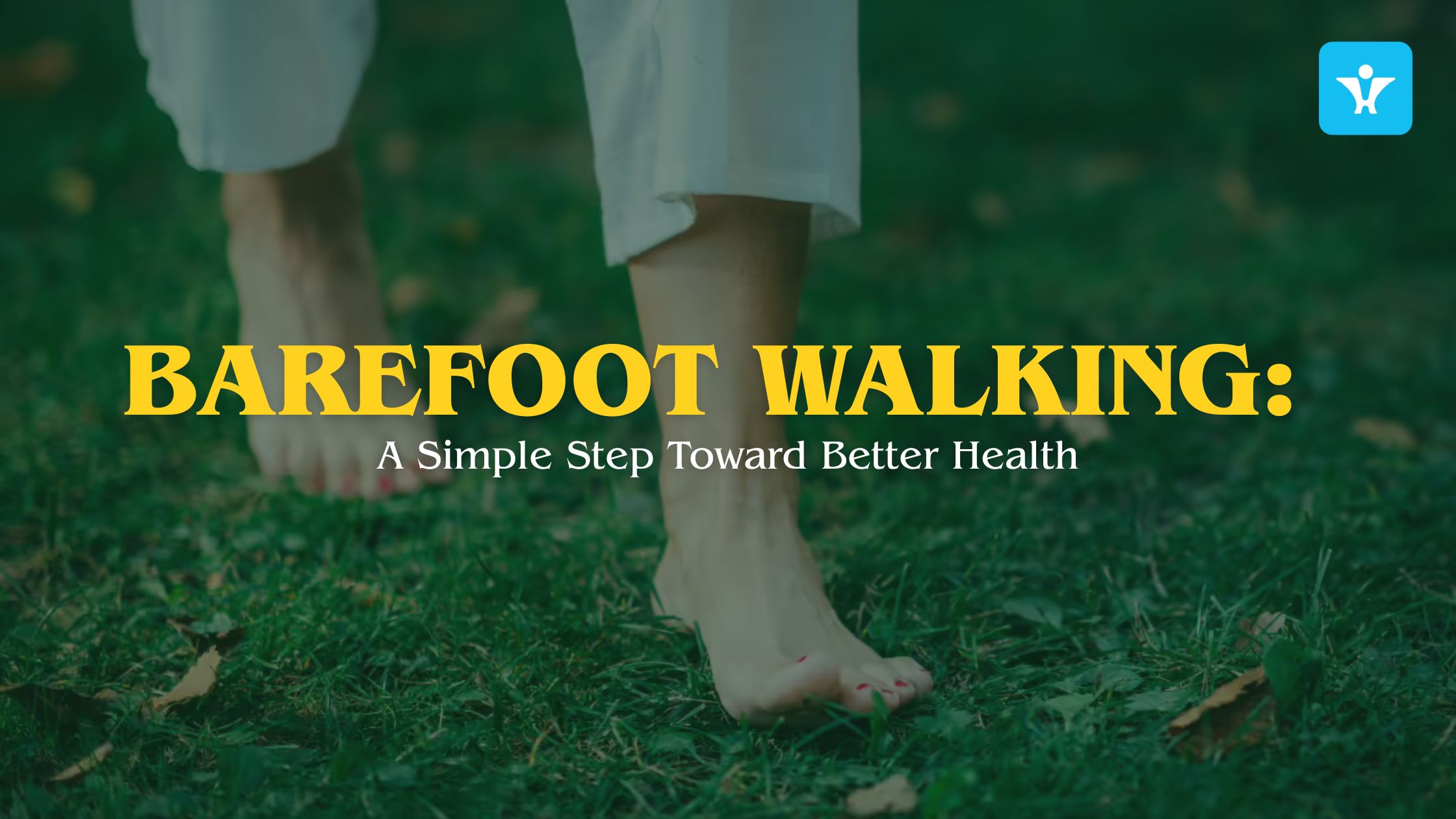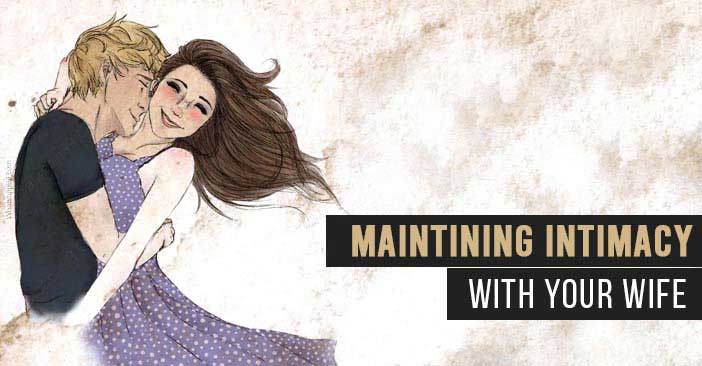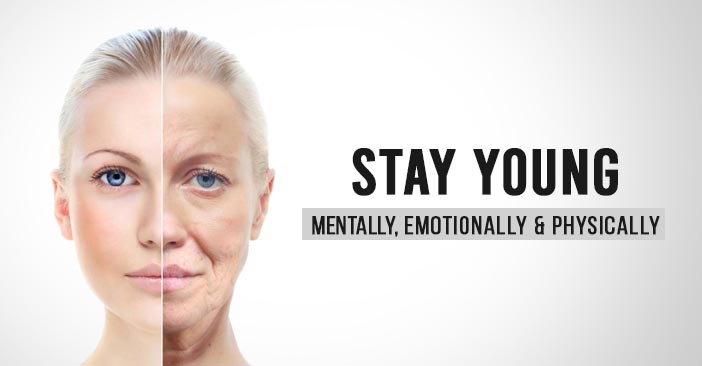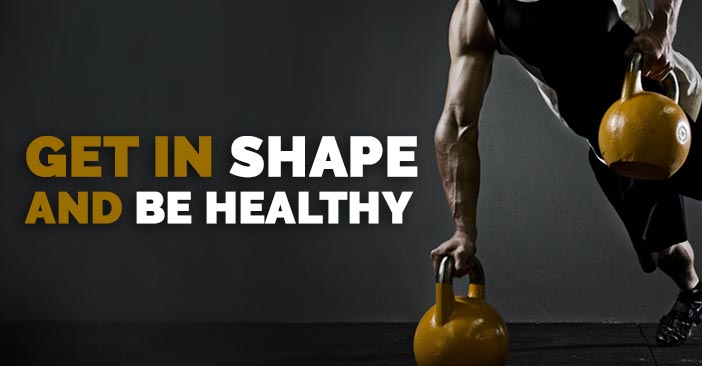Barefoot Walking: A Simple Step Toward Better Health
October 29 , 2025

Let’s be honest, in a world obsessed with fitness trackers and cushy sneakers, the idea of just ditching your shoes can sound almost too simple. But barefoot walking - some folks call it earthing or grounding - is making a comeback, and not just for nostalgia’s sake. People are finding real benefits for their bodies and minds just by walking the way nature intended.
When you kick off your shoes, you don’t just reconnect with the ground, you reconnect with yourself. Barefoot walking wakes up muscles, relieves stress, and helps your posture. It’s this quiet, natural reset your body craves.
Think about the human foot. It’s a masterpiece, packed with 26 bones, 33 joints, and over 100 muscles, tendons, and ligaments. This intricate setup absorbs shock, keeps you steady, and propels you forward without needing modern shoes to do the heavy lifting. Walk barefoot, and you’re using those muscles and joints as they were meant to work. You feel the ground, adjust your posture, and move in real time.
On the flip side, tight or overly padded shoes can actually weaken your feet, mess with your stride, and even cause joint pain down the line. Your feet are built to move naturally, strong, flexible, and ready for action.
♦ Now, let’s break down what you actually get from going barefoot:
♦ Stronger Feet and Legs
Shoes do a lot of work for you, which means the smaller stabilizing muscles in your feet and ankles get lazy. Walking barefoot forces those muscles to wake up, building stronger arches and improving your balance.
♦ Better Posture
When your feet move the way they’re supposed to, your spine lines up better too. That means less back and knee pain from all those bad habits shoes can cause.
♦ Sharpened Balance and Coordination
Feeling the ground directly boosts your proprioception, your body’s sense of where it is and how it moves. You’ll notice better agility, fewer stumbles, and smoother movement overall.
♦ Improved Circulation
Every barefoot step massages your soles, gets your blood moving, and delivers more oxygen throughout your body. Good circulation means you bounce back faster and feel more energized.
♦ Less Joint Stress
Cushioned shoes often make people land hard on their heels, which sends shock up through the knees and hips. Barefoot walking encourages a softer, forefoot strike, spreading the impact and easing the strain on your joints.
It’s not just your body that benefits. Walking barefoot can do wonders for your mind and mood too.
♦ Stress Relief and Grounding
Take off your shoes and walk on grass, sand, or even dirt, your body absorbs the earth’s natural charge. Studies link this “grounding” effect to reduced inflammation, lower stress hormones, and a deeper sense of calm.
♦ More Mindfulness
No distractions, just you and the ground. Every texture, every temperature shift, every tiny pebble brings you into the present moment. Barefoot walking naturally grounds your awareness and quiets your mind.
♦ Better Mood and Sleep
Touching the earth helps regulate your body’s rhythms and can lower cortisol, the stress hormone. The result? Better sleep, a brighter mood, and less anxiety. Research backs this up, grounding really can help you unwind.
♦ What does science say?
Quite a bit, actually. The Journal of Environmental and Public Health found that grounding helps balance cortisol and improves sleep. Harvard researchers discovered that barefoot runners get fewer impact injuries than those who wear traditional running shoes. People who walk barefoot regularly have stronger arches and more toned muscles in their feet. The evidence keeps growing: connecting with the ground under your feet really does make a difference, physically and mentally.
So, how do you get started without wrecking your feet? Take it slow.
- Start indoors - just walk around your house barefoot to wake up those muscles. Then, try soft surfaces like grass, sand, or soil. Start with five or ten minutes a day and add more time as your feet get stronger.
- Toss in some simple foot exercises, like toe curls or heel raises, to build up stability. Always watch where you’re stepping and check your feet afterward. And, of course, wash up to avoid any unwanted germs. If you have diabetes, nerve problems, or foot injuries, talk to your doctor before you start.
Sometimes, the simplest changes are the ones that make you feel most alive. Kick off your shoes and see where your feet take you.
Also read:- Why Mental Health is Just as Important as Physical Health











